How to Organize Baby and Toddler Clothes: Tips for an Organized Nursery
Organizing baby and toddler clothes can seem like a daunting task, especially with the constant growth and changing needs of little ones. However, a well-organized nursery can save time, reduce stress, and make daily routines smoother. Here are some practical tips to help you keep your baby and toddler’s clothes neatly organized.
1. Sort and Declutter Regularly
Babies and toddlers outgrow clothes quickly, so it's essential to regularly sort through their wardrobe. Every few months, go through all their clothes and set aside items that no longer fit or are no longer in season. Donate or store away these clothes to make space for current sizes and new additions.
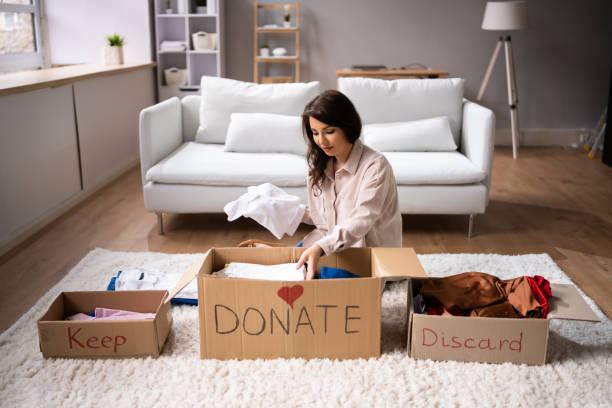
2. Categorize Clothing by Type and Size
Organize clothes by type (e.g., onesies, shirts, pants, pajamas) and then by size. Use drawer dividers or small bins to keep similar items together. This method makes it easy to find what you need quickly and ensures that clothes are not buried and forgotten.
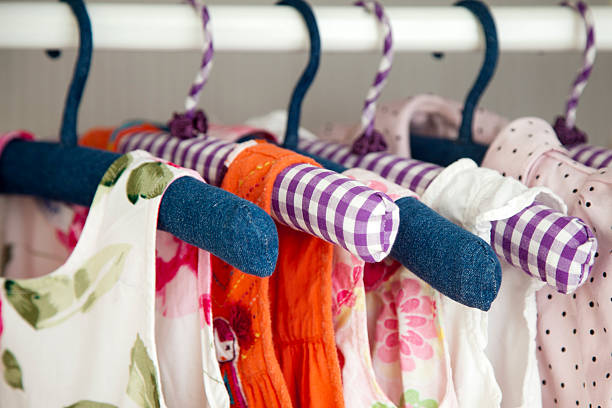
3. Utilize Drawer Dividers and Organizers
Drawer dividers are fantastic for separating small items like socks, hats, and mittens. Invest in adjustable dividers that can grow with your child's wardrobe needs. Drawer organizers with multiple compartments can also help keep everything in its place.

4. Label Everything
Labels are a lifesaver when organizing a baby or toddler's clothes. Use labels on bins, drawers, and shelves to indicate what goes where. This is especially helpful if multiple people are helping with the dressing and laundry, as it ensures everyone knows where items belong.

5. Maximize Closet Space
If you have a closet in the nursery, make the most of it by adding extra rods, shelves, and hanging organizers. Double hanging rods can instantly double your hanging space, while shelf dividers can keep piles of clothes from toppling over. Hanging shoe organizers are also great for storing small items like bibs, shoes, and accessories.
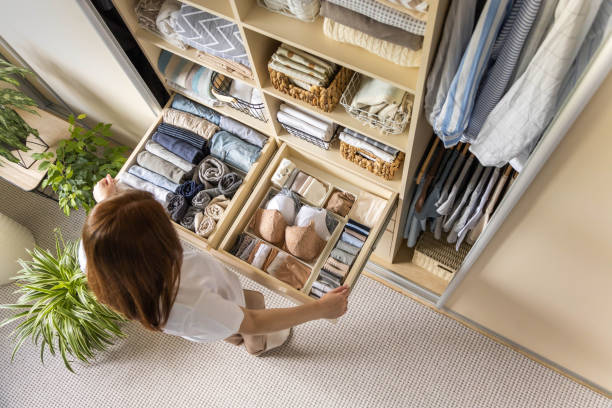
6. Use Clear Storage Bins
Clear storage bins are perfect for storing out-of-season clothes or clothes that are still too big. The transparency allows you to see what's inside without having to open each bin. Stackable bins can save space and keep everything neatly organized.
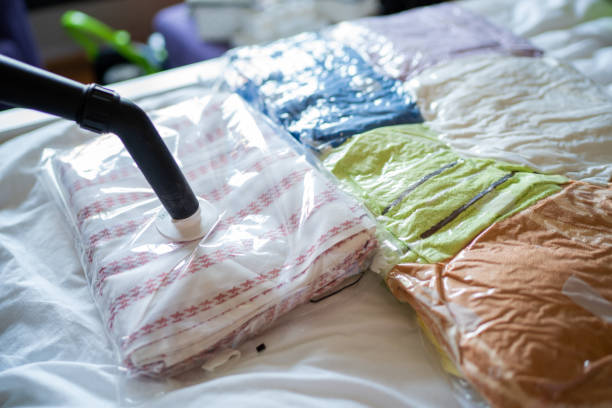
7. Incorporate a Hamper System
Place hampers in convenient locations, such as next to the changing table or in the bathroom, to encourage regular clothes sorting. Consider using a multi-compartment hamper to separate lights, darks, and delicate baby items for easier laundry sorting.

8. Rotate Seasonal Clothing
Keep only the current season's clothes accessible. Store off-season clothes in labeled bins under the crib, on closet shelves, or in a storage unit. This practice not only saves space but also makes it easier to find appropriate clothing quickly.
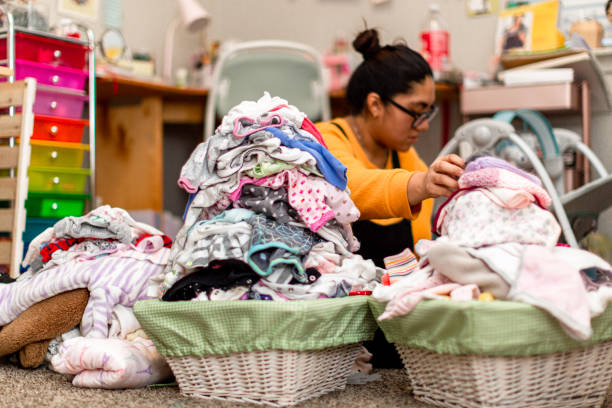
9. Create a Daily Outfit Station
Designate a specific spot for laying out the next day's outfit. This could be a special hook, a small basket, or a section of a drawer. Having an outfit ready to go each morning simplifies the routine and reduces morning stress.

10. Keep Essentials Within Reach
Ensure that everyday essentials like diapers, wipes, and frequently used clothing items are easily accessible. Use a rolling cart or caddy near the changing table to keep these items organized and within arm's reach.
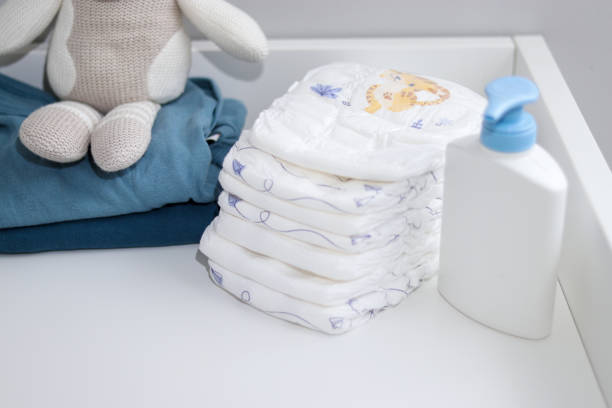
By implementing these tips, you'll create an organized and efficient nursery that makes daily routines smoother and more enjoyable. A well-organized space not only looks better but also promotes a sense of calm and order in your home.
